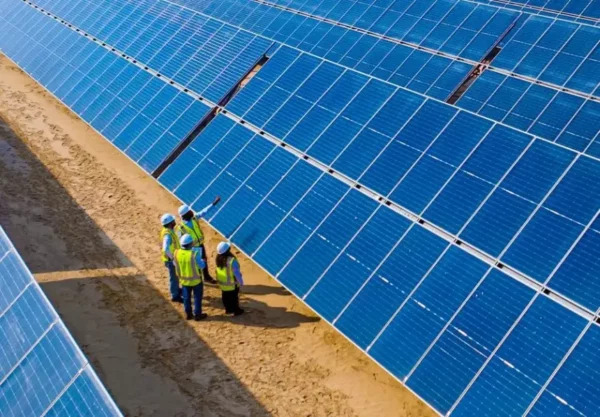After securing a financing of $184.1 million from the African Development Bank (AfDB) last week, Egypt now benefits from two new major supports, those of British International Investment (BII) and the European Bank for Reconstruction and Development (EBRD), for the development of the Obelisk photovoltaic solar project in the Qena governorate. These contributions bring the…...
Trending
- S&P upgrades Nigeria’s outlook to positive, ‘B-/B’ rating confirmed
- S&P confirms Rwanda’s rating at ‘B+/B’, outlook stable
- Breaking News – Ivory Coast: S&P confirms ‘BB/B’ rating, stable outlook
- Senegal: S&P downgrades foreign currency sovereign rating to ‘CCC+’ and places the country under CreditWatch
- Morocco: in Dakhla, the Atlantic-African axis asserts itself as a major geostrategic axis
- Shanghai Agreements: How Guinea Negotiated this Historic Turning Point for Simandou
- [Opinion] The worst is never certain
- Without energy, African digital will remain a mirage


